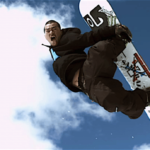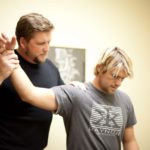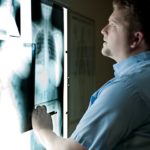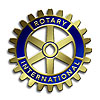In recent years, the field of wellness and health has witnessed an impressive surge in the popularity of alternative therapies. Among these, red light therapy stands out as a groundbreaking innovation that has garnered attention for its myriad benefits. From promoting skin rejuvenation to aiding muscle recovery, this non-invasive treatment is redefining the way we approach well-being. Let’s delve into the many advantages that red light therapy offers:
1. Skin Rejuvenation: Red light therapy has gained acclaim for its ability to rejuvenate the skin. By stimulating collagen production, it helps reduce the appearance of fine lines, wrinkles, and blemishes, resulting in smoother and more youthful-looking skin. The therapy also aids in improving skin tone and texture, making it a popular choice for those seeking a non-surgical approach to skincare.
2. Wound Healing: The therapeutic potential of red light doesn’t stop at cosmetic benefits. Studies have shown that red light therapy can accelerate wound healing by promoting cell growth and increasing blood circulation to the affected area. This makes it valuable for treating minor burns, cuts, and other skin injuries.
3. Pain Management: Individuals suffering from chronic pain conditions have found relief through red light therapy. The therapy’s anti-inflammatory properties help reduce pain and stiffness in joints, muscles, and other tissues. It’s often used to alleviate discomfort caused by arthritis, fibromyalgia, and sports-related injuries.
4. Muscle Recovery: Athletes and fitness enthusiasts have embraced red light therapy as a means to enhance muscle recovery. The therapy aids in reducing muscle fatigue and inflammation, allowing for quicker healing and less downtime between workouts. This can lead to improved athletic performance and reduced risk of overuse injuries.
5. Mood Enhancement: Emerging research suggests that red light therapy may have a positive impact on mood and mental well-being. Exposure to red light is believed to stimulate the release of endorphins, the body’s natural “feel-good” chemicals. As a result, the therapy might be effective in alleviating symptoms of mild depression and anxiety.
6. Hair Regrowth: For individuals experiencing hair loss, red light therapy presents a promising avenue for hair regrowth. The therapy is thought to stimulate hair follicles, leading to increased hair thickness and density. While results can vary, some users report noticeable improvements in their hair quality and growth.
7. Improved Sleep Quality: The calming effects of red light therapy extend to sleep quality. Exposure to red light in the evening can help regulate the body’s natural circadian rhythm, leading to improved sleep patterns. This can be especially beneficial for individuals who struggle with insomnia or disrupted sleep schedules.
8. Enhanced Cellular Function: At a cellular level, red light therapy appears to enhance mitochondrial function. Mitochondria are the powerhouses of cells, responsible for producing energy. By improving mitochondrial efficiency, red light therapy may contribute to overall cellular health and resilience.
9. Skin Conditions: Beyond cosmetic benefits, red light therapy has shown promise in treating certain skin conditions such as acne and psoriasis. Its anti-inflammatory properties and ability to promote healing make it a potential adjunctive treatment for managing these conditions.
10. Non-Invasive Nature: One of the most appealing aspects of red light therapy is its non-invasive nature. Unlike surgical procedures or certain medications, this therapy doesn’t require incisions, injections, or recovery time. Users can experience its benefits without significant discomfort or side effects.
Incorporating red light therapy into your wellness routine may lead to a range of remarkable benefits, from radiant skin to improved mood and enhanced physical performance. As with any treatment, it’s important to consult with a healthcare professional before starting red light therapy, especially if you have underlying medical conditions or are taking medications. With its growing popularity and an increasing body of research, red light therapy is undoubtedly shedding light on a new era of holistic health and well-being.








